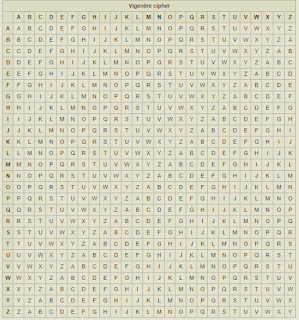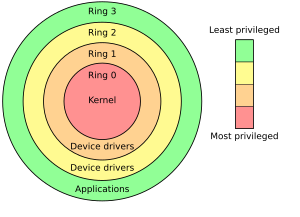--Originally published at Sebastian Luna
Virus Protection
Conceptual Overview
Imagine having contact with many human beings, getting certain level of connection with every single one of them, every single day of your life. You can imagine that, eventually, you will get sick if you don’t have some precautions (washing your hands, getting your vaccines, keeping your distance, etc.).
When computers interact with other computers, some of them can have a Computer Virus, so they too can get infected, just like us! (sort of).
A Computer Virus is software with malicious intent that replicates itself by modifying other computer programs and inserting its own code. There are many methods in which a computer can get a virus, and there are different Computer Viruses that can have different negative effects on a computer, like accessing private information (your credit card too!), corrupting data (say goodbye to the pictures of your kids), spamming your e-mail contacts, or leaving your computer useless.
Available Methods
Some methods that can help you clean your computer from Viruses, or just to protect it against getting one are:
· Keep your software up to date
o Sometimes software has bugs that can be exploited by hackers, which could be used to infect your computer.
· Don’t click/respond to strange emails
o I’m sorry to tell you, but the Wife of the President of Uganda isn’t contacting you to give you 100 million dollars; you also didn’t win the Bill Gate’s foundation for 50 billion dollars.
· Use an antivirus software
o It’s a program designed to detect and remove viruses from computers and other threats.
· Use a Firewall
o A system designed to prevent unauthorize access to or from a private network.
· Download only from verified places







